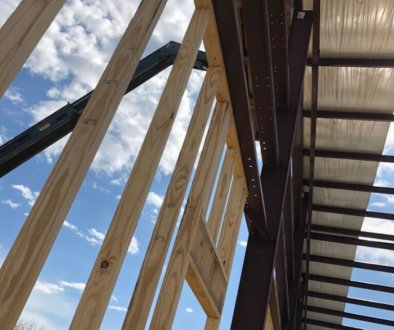 On the surface we could say reliability, is the length of time a thing provides the functionality it was designed to provide divided by the amount of time it is unable to.
On the surface we could say reliability, is the length of time a thing provides the functionality it was designed to provide divided by the amount of time it is unable to.
If the item in question is broken, we know for certain it has failed and is not providing the functionality. However, there are situations when your heating and air conditioning system is running but only providing a portion of the expected functionality.
It is in these cases we consider it a failure of function, rather than a broken since the machine is still running, but unable to deliver the required function. These type of failures happen in degrees of functionality.
To modify our initial definition of reliability, “equipment reliability” is the measurement of the likelihood the equipment will provide the desired functionality between “failures” of any degree.
High reliability is valued in business, because it means that parts and components function for longer periods of time between failures. That translates to more production from people and equipment for less maintenance cost.
Results of Reliability:
- Reliability produces customer satisfaction.
- Reliability produces employee satisfaction.
- Reliability produces quality products and services.
The reliability of a part, or of a whole machine, or system in service depends on:
- The Design
- The Installation
- The Application
- The Maintenance
- The Operation
What can cause your HVAC to become unreliable?
- It can be stopped
- Wrong thermostat setting
- Thrown power switch
- Electrical outage
- It can be damaged
- Vandalism
- Electrical storm
- Accidental damage
- It can be misused
- Doors and/or windows left open
- Operated during the wrong time of year
- Force cycling
- Remove safeties
- It can be ignored
- Allow dirt to accumulate
- Allow failed parts to remain
- Differ maintenance tasks
Having compiled a list of failure points, the current task is to establish activities designed to reduce or eliminate them.
As an alternative you could hire CMC Corporate Solutions.




